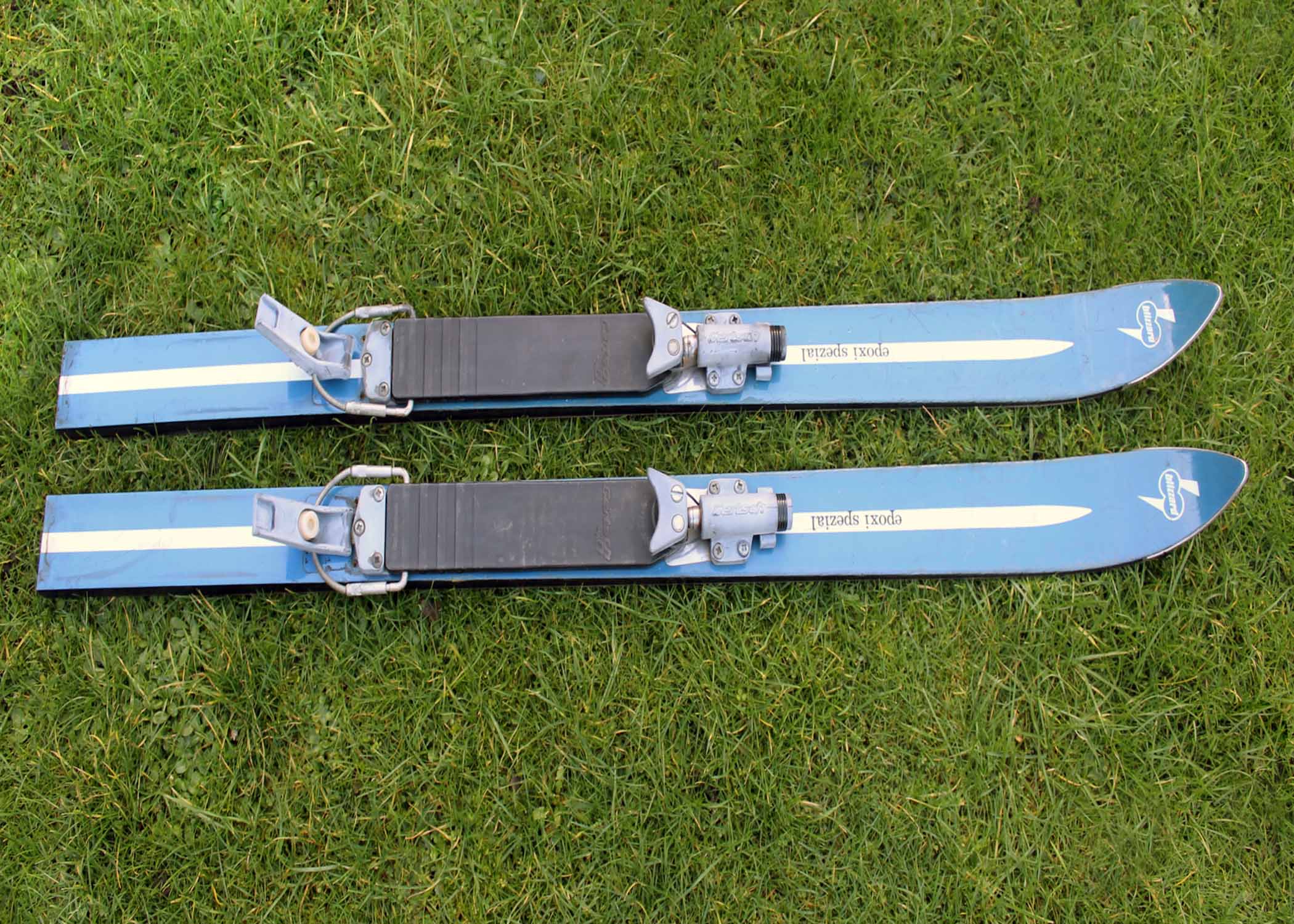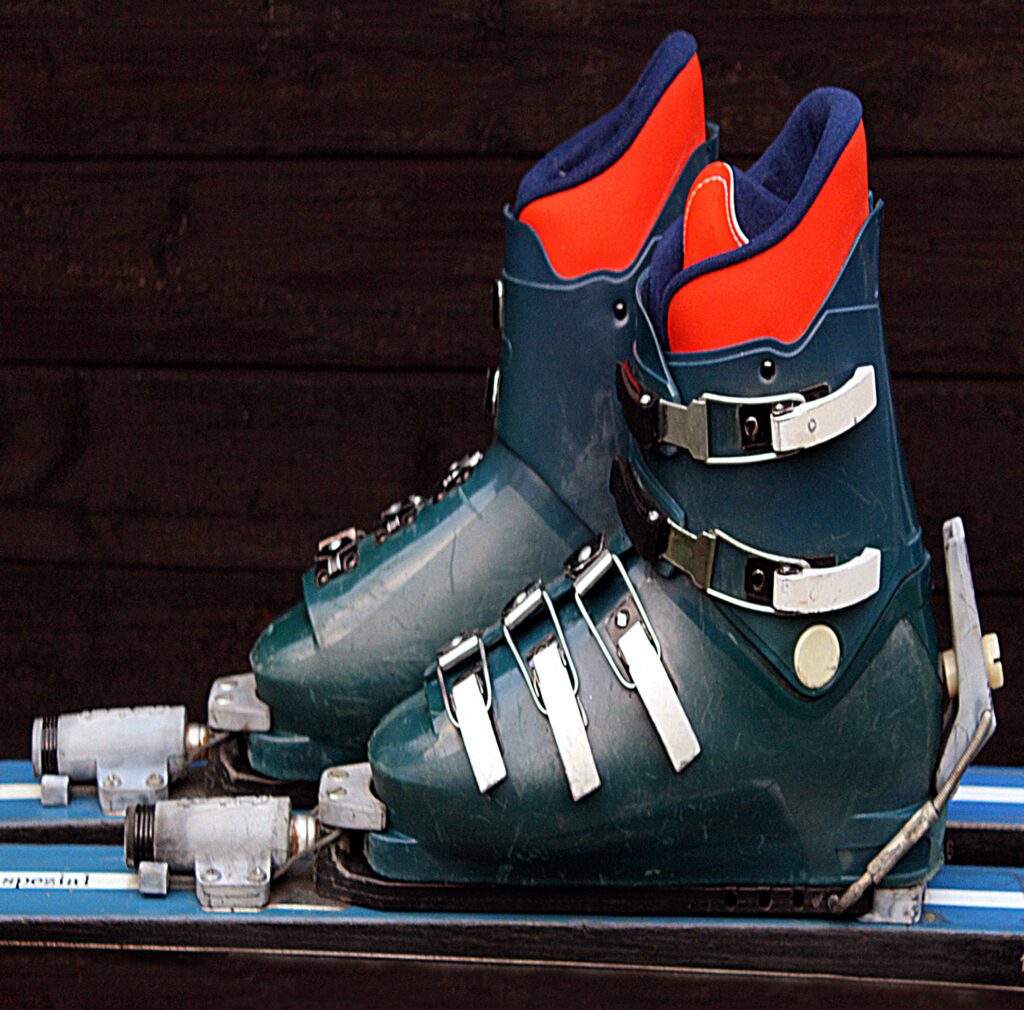1973 Blizzards reworked | The ultimate green ski
I bought a pair of blue coloured Blizzard skis for £17 with my first pay rise, and I’m still skiing on them 50 years later


Words | Peter Bott, West Midlands
Blue is the new green. A pair of 50-year-old blue Blizzard skis are now green, after being recycled – this is the ultimate green ski.
In 1973 I bought a pair of blue coloured Blizzard skis for £17 with my first pay rise, and I’m still skiing on them 50 years later.
Compared with the high spec skis being marketed this season, my skis are like planks of wood. Actually, they were made from strips of wood, sandwiched between plastic top and base layers. Instead of the continuous metal edges found on modern skis, my skis had narrow metal strips, about 6 inches long, that were interlocked with each other to create the continuous edge. And screwed to the base with around fifty tiny screws.
The skis were fitted with Gerztch 4D bindings which were radical in their design, compared with the traditional cable binding, and the hi-tech ‘step in’ bindings that were becoming fashionable. The Gerztch 4D used a plate system – a plate was clamped to the sole of the ski boot, which clipped into a heel locator, and a toe ‘spring piston’ mechanism fixed to the surface of the ski. A wire loop incorporated into the plate wrapped around the toe mechanism, to prevent losing the ski if it became detached in a fall… and there were many!
For the last 40 or so years, I’ve skied on my battered old trailblazing skis whenever we’ve had decent snow in this country. I never imagined I would still be skiing on those long, skinny Blizzard skis I bought in 1973, fifty years later.
Sadly, during one such heavy fall, one of the skis got broken and it looked like I wouldn’t be able to ski on them again. For nearly a year the skis hung in my shed, until I had the idea to drastically shorten the length of the ski to remove the damaged area. Then to re-position the binding’s fixings to ensure they were safe and securely fixed to the core wood. Then to adjust the length of the interlocking metal edge strips around the ski. In essence, I had created mini skis years before they became widely available and trendy.
For the last 40 or so years, I’ve skied on my battered old trailblazing skis whenever we’ve had decent snow in this country. I never imagined I would still be skiing on those long, skinny Blizzard skis I bought in 1973, fifty years later. Demonstrating that ‘blue can be the new green’.
